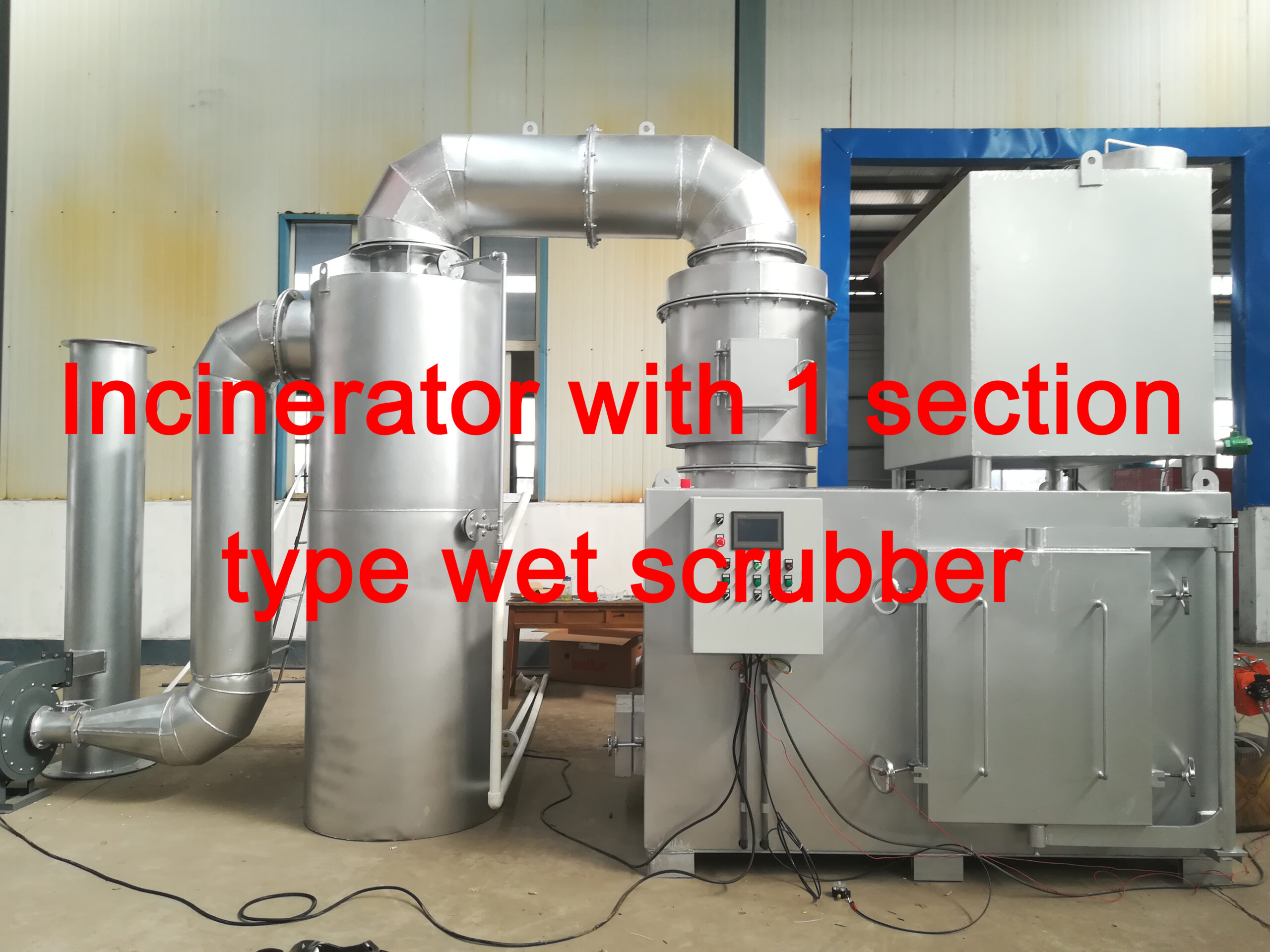Waste management is a major concern in today’s society, as the world generates an ever-increasing amount of waste. One of the most pressing issues in waste management is the disposal of plastic waste. Plastic incineration is one method that is being used to manage plastic waste, but it also comes with its own set of challenges and considerations.
Plastic incineration is the process of burning plastic waste at high temperatures in a controlled environment. This process is designed to convert the plastic into energy and reduce the volume of waste that needs to be disposed of in landfills. Incineration also helps to prevent the release of harmful greenhouse gases from decomposing plastics.
The role of plastic incineration in waste management is multi-faceted. Firstly, it helps to alleviate the strain on landfill space. Landfills are rapidly reaching full capacity, and finding new locations for landfills is increasingly difficult. By reducing the volume of plastic waste through incineration, we can prolong the lifespan of existing landfills and reduce the need for new ones.
Additionally, incineration of plastic waste can also be a source of energy. When plastic is burned, it releases heat which can be harnessed to generate electricity. This energy can then be used to power homes, businesses, and even entire communities. In this way, incineration not only reduces the amount of waste in landfills but also provides a sustainable energy source.
However, there are also concerns surrounding the incineration of plastic waste. One of the biggest concerns is the release of harmful pollutants into the air. When plastic is burned, it can release toxic fumes and particulate matter that can contribute to air pollution and pose health risks to nearby communities. To address this concern, modern incineration facilities are equipped with advanced pollution control technologies to minimize emissions and ensure that the process is as environmentally friendly as possible.
There is also a concern that incineration may discourage efforts to recycle plastic waste. Instead of burning plastic, it may be more environmentally responsible to recycle it and turn it into new products, reducing the demand for new plastic production. It is important for waste management organizations to strike a balance between incineration and recycling to ensure that both methods are used in a way that minimizes environmental impact.
In conclusion, plastic incineration plays a significant role in waste management by reducing the volume of plastic waste in landfills, generating energy, and alleviating the strain on landfill space. However, it is important to also consider the potential environmental impacts and ensure that incineration is carried out responsibly with careful consideration for pollution control and recycling efforts. By incorporating incineration into a comprehensive waste management strategy, we can work towards a more sustainable and efficient way of managing plastic waste.



